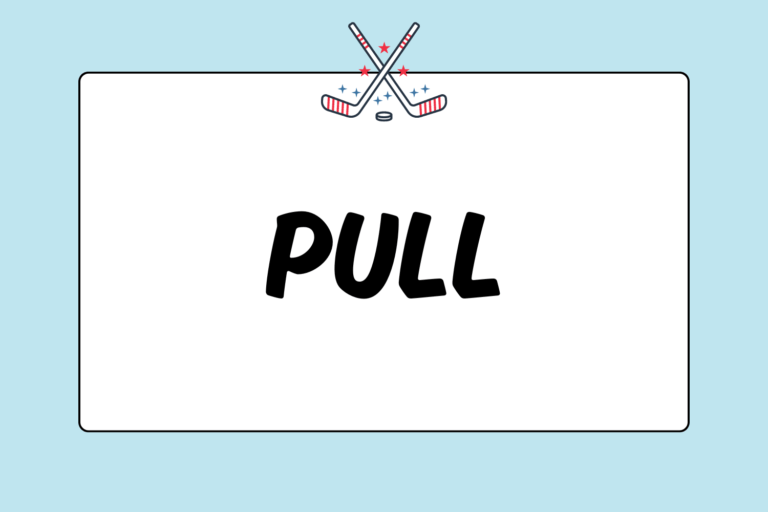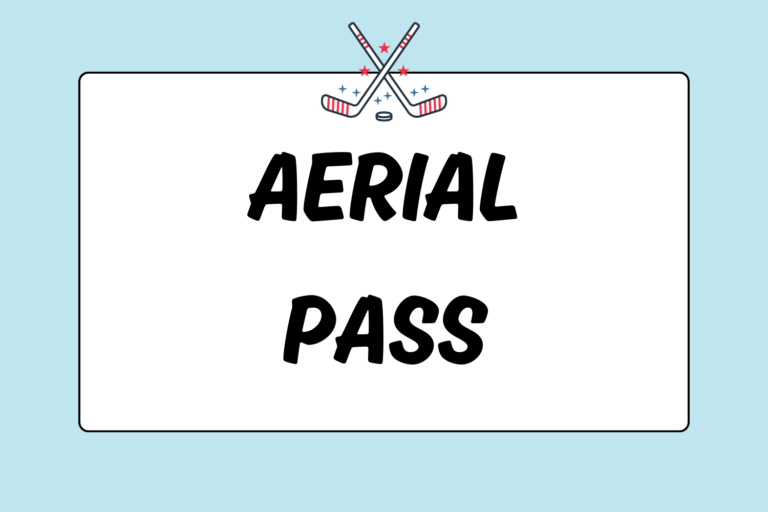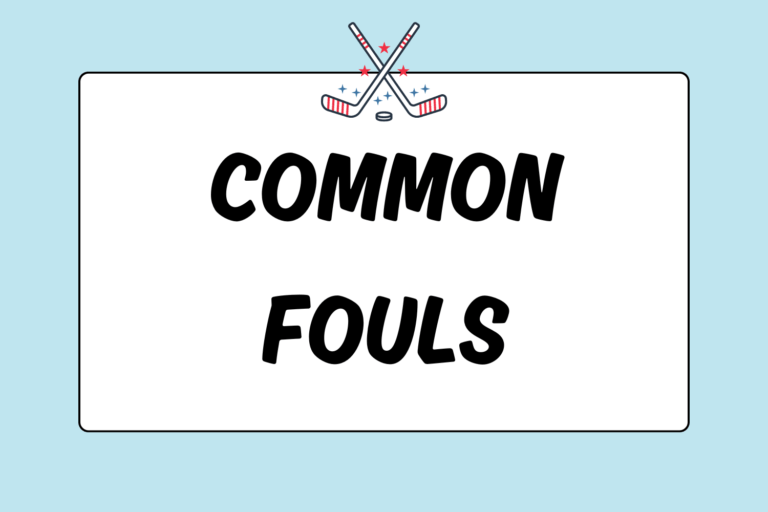Knowing how to defend with your reverse stick will advance your skills significantly. At higher levels of play, you should be proficient in reverse and strong stick tackles. The reverse stick is especially useful if you play on the left side of the field.
After channeling and jabbing, the next step in defensive tackles is gaining control of the ball. So make sure that after you tackle, you pull the ball to your strong stick and play your newly created advantage. This guide will teach you the different reverse stick tackles.
One-Handed Reverse Stick Tackle
The one-handed, reverse stick tackle is used to defend an opponent on your weak side (left side). During this tackle, you approach your opponent to her left. You’ll place your stick in front of the ball and your arms will be low, in front of her feet. Since you’re approaching the player from the front, make sure to protect your face by tucking it behind your opponent’s body, on the opposite side of where her stick is. Otherwise you could get hit in the face with the follow-through of your opponent’s stick. To complete a one-handed, reverse stick tackle:
- Approach your opponent from the front on her weak (left) side.
- As you approach your target, break down your steps from a run to a stutter step. Stay on the balls of your feet and bend your knees to maintain a low center of balance. Face your opponent at an angle and keep your back to the goal at all times.
- Use the one-handed grip on the stick with your left hand. Place the stick in the reverse stick.
- Make the tackle at the last possible moment (when you are a little less than a stick’s distance away from your opponent). Extend your left arm and lay the stick flat with its toe on the ground, the flat side facing the ball, and the shaft angled forward for support. Trap the ball on the shaft of the stick.
- When you dive in to make the tackle, tuck your head behind your opponent’s body (on the opposite side of where her stick is) for protection. Also, keep your arm low to the ground so that (if needed) your opponent can easily step over it when you steal the ball.
- Pull the ball to your strong stick. Dribble and scan for passes.
Two-Handed Reverse Stick Tackle
If you need more control, handle the reverse stick with two hands. You won’t get as much reach, but you will have better control over the stick. The one-handed and two-handed reverse stick tackles are interchangeable depending on the situation.
If your opponent is dribbling the ball in front of or close to her body, the two-handed tackle will work perfectly to trap the ball. However, if you need more reach, revert back to the one-handed tackle. To complete a two-handed reverse stick tackle, the only thing you will do different is grip the stick with two hands:
- Approach your opponent from the front on her weak (left) side.
- Place both hands in the double “V” grip at the top of the stick, holding the reverse stick. Extend the arms further apart if you need a farther reach.
- As you approach your target, break down your steps from a run to a stutter step. Stay on the balls of your feet and bend your knees to maintain a low center of balance. Face your opponent at an angle and keep your back to the goal at all times.
- Make the tackle at the last possible moment (when you are a little less than a stick’s distance away from your opponent). Lay the stick flat with its toe on the ground, the flat side facing the ball, and the shaft angled forward for support. Trap the ball on the shaft of the stick.
- When you dive in to make the tackle, tuck your head behind your opponent’s body for protection.
- Pull the ball to your strong stick. Dribble and scan for passes.
Smart Tackles
After you make any tackle, bring the ball back to your strong side for possession. Then, make the appropriate moves to advance the ball forward.
Always tackle smart. If you are using your reverse stick to make the tackle, watch your timing. Commit at the very last moment and protect your head from the follow-through. In a steal-from-behind tackle, attack your opponent’s weak side and trap the ball mid-dribble. Safety is the most important thing for every tackle. Play a smart and tackle safely, and you will be able to defend the ball and regain possession at the same time, anytime.





